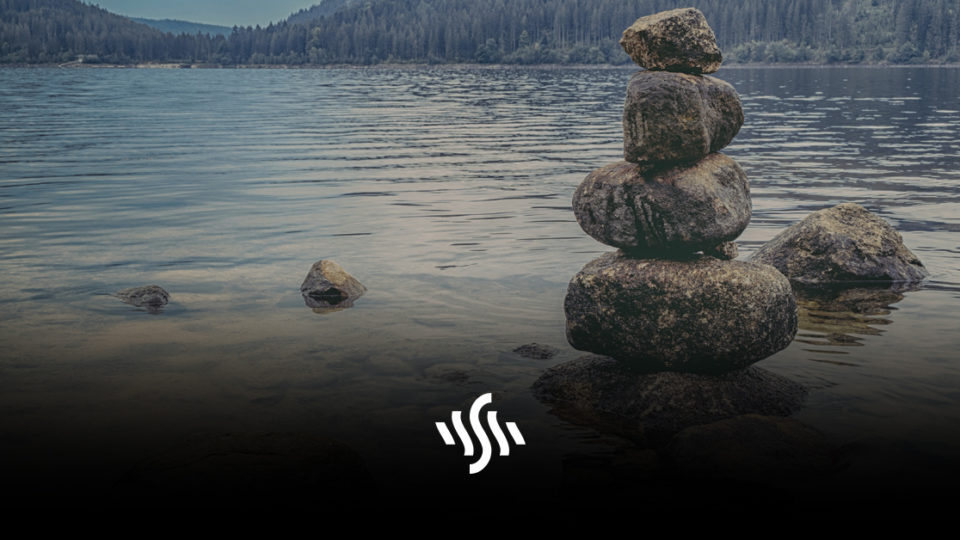Creating Meditation Videos | Find Relaxing Music
If you want to share meditation videos on YouTube, we’ve got some helpful tips for you. Find out how to get people in the Zen zone here!
Guided meditation and relaxation videos have become incredibly popular in recent years. This comes alongside the spike in popularity of apps like Headspace and Calm, which also offer guided meditation. During the pandemic, many people turned to videos and apps for help looking after their mental wellbeing. Whether it was to reduce stress, curb anxiety, or just have a gentle timeout, meditation videos and tracks helped people find some solace.
Guided meditation content is hugely popular since it is more widely accessible. It holds people’s hands through a picture that is painted, or through breathing exercises designed to induce calm.
If you’re looking to start a YouTube channel, and have decided your niche is meditative content of some kind, we’re here to help! All the best relaxation videos share a few qualities and characteristics. Find out what the key things you should include and focus on, so that you can put your own unique spin on things later.
Prepare a Script
There’s nothing relaxing about listening to someone “um” and “ah”. If anything, it can cause more frustration and stress. That’s why it’s important to prepare a script before you record any audio for meditation videos.
Think about the scene you want to set, and the journey you want to guide the listener on. It’s a great idea to try it out on a friend and get their feedback first. This might require you to make a few redrafts and edits, but it will help you nail the best content for your video.
Use a Quality Mic
As with any type of content, the audio needs to sound good. Nobody wants to listen to distorted, fuzzy speech, nor do they want hissing or crackles interrupting their tranquillity. There are plenty of awesome mics to record your voice with, appealing to a range of budgets.
Get Familiar with DAWs
A digital audio workstation (DAW) lets you record and mix audio, resulting in a professional sounding finished article. If you’re not a musician or producer, and have no experience with DAWs, there are plenty of online resources to help you on your way.
If you’re a Mac user, you can access GarageBand for free, where you can record and edit your speech parts. You can also add music at this stage.
Add Royalty Free Music
Speaking of adding music… guided meditation works with or without music. However, if your aim is to help people relax and become immersed, music will do a lot of the heavy lifting for you.
Using royalty free music ensures you won’t run into any copyright hassle, including claims or strikes on YouTube. You can check out the Meditation Ambience and Yoga & Meditation collections from Synchedin, and get inspiration for your video’s soundtrack.
All tracks have the sync license covered, and can be used for both personal and commercial purposes. Sign up here to start browsing the catalogue.
Take Things Slow
There can be temptation to rush things when recording. This might be because you’re not comfortable or used to recording, and naturally speed up to get it over with. Or, you may just have a naturally faster pace when speaking.
It’s important to remember to take things slow and talk steadily when recording meditation videos. Speak with clear diction as best you can, and try to be calm yourself, as this will pass onto your viewers.
Fade In & Out
When you’re getting familiar with editing audio in a DAW, you should learn how to fade audio in and out. Rather than abruptly beginning or ending the speaking or music, fades create a much softer atmosphere. Think of it like the audio equivalent to a sharp-cornered square and a softly curved circle.
Fades are super easy to do, but will help your audio sound professional and also be more effective in meditative terms.
